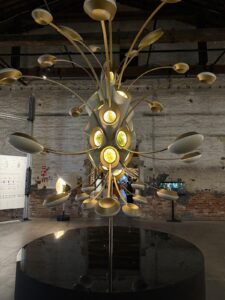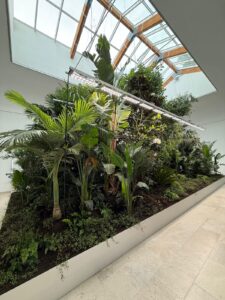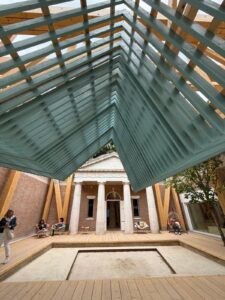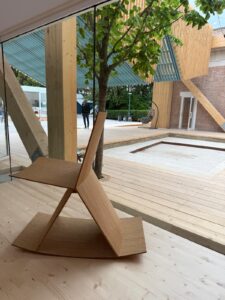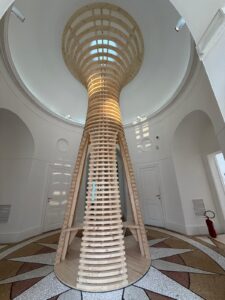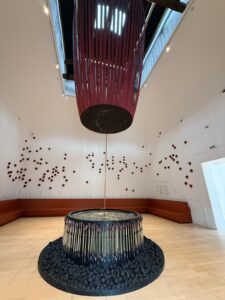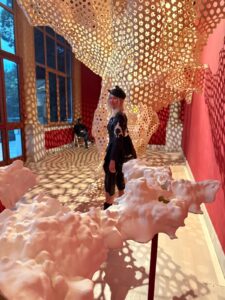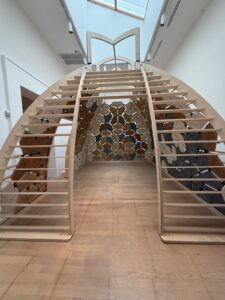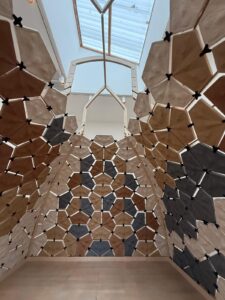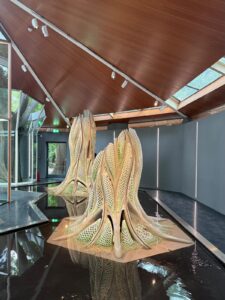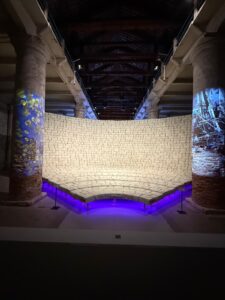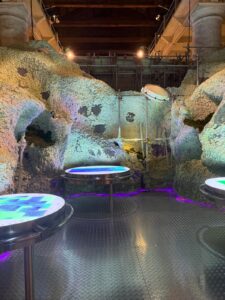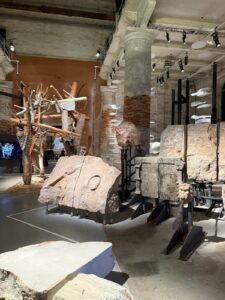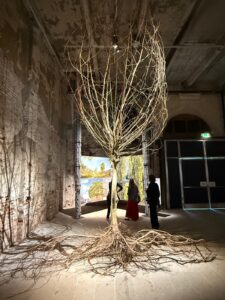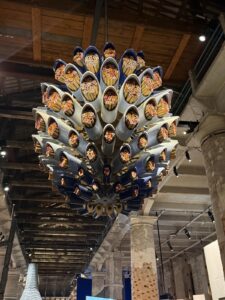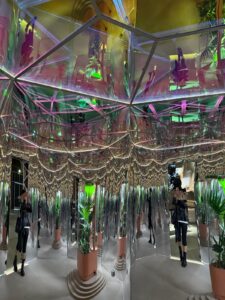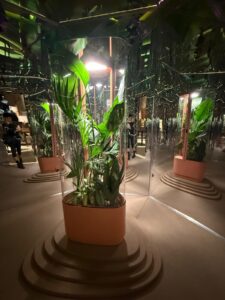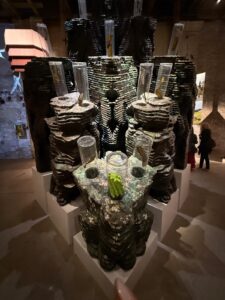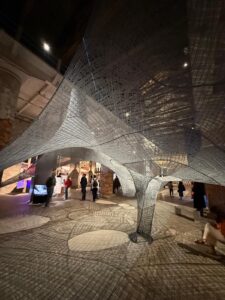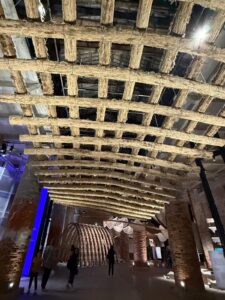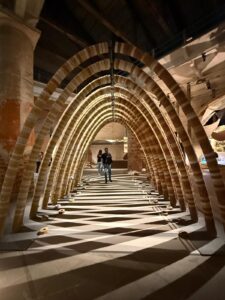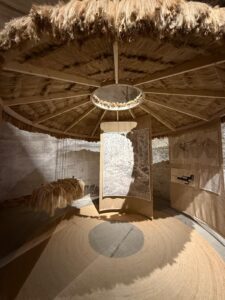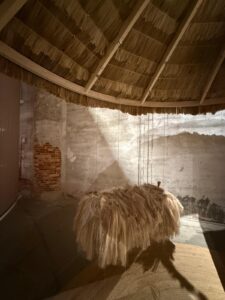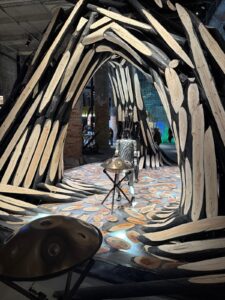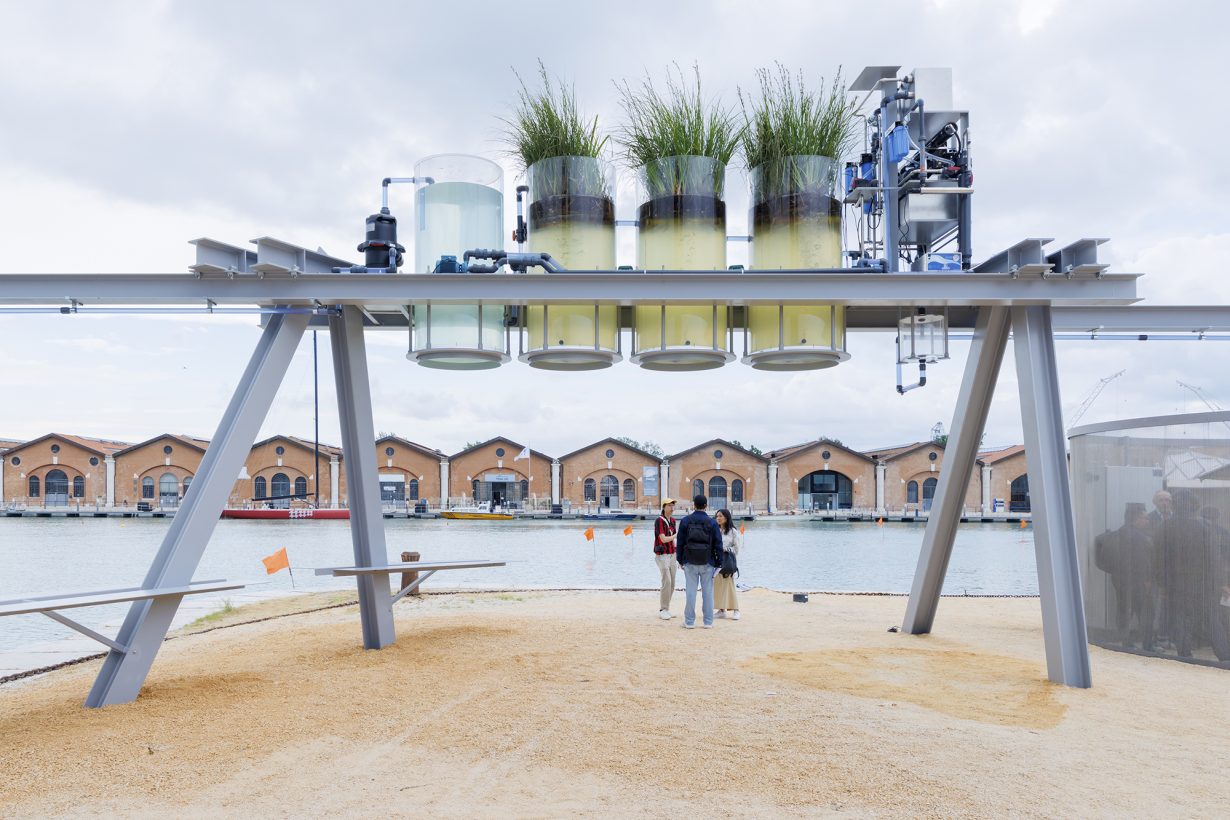
Venice Architecture Biennale 2025
If there’s one place this year where architecture, technology, art, nature, and human creativity collide in the most unexpected and exciting ways, it’s Venice. The 2025 Venice Architecture Biennale isn’t just another edition of the world’s premier architecture exhibition. It’s a full-blown experiment in how we think about the future of our cities, our planet, and ourselves.
Curated by visionary architect Carlo Ratti, this 19th edition brings together a record-breaking 750+ participants and over 300 boundary-pushing projects. But what really sets it apart is the theme: “Intelligens: Natural. Artificial. Collective.” It’s a mouthful, yes – but also an incredibly timely and ambitious lens through which to explore architecture. At its core, it’s about rethinking what intelligence means when it comes to designing our world – blending the wisdom of nature, the power of AI, and the magic that happens when people come together to solve big problems.
And this isn’t just talk. For the first time, the Biennale stretches far beyond its iconic venues in the Arsenale and Giardini. Venice itself becomes a stage – a living, breathing laboratory – where installations, performances, and interactive experiments spill into the city’s canals, courtyards, and hidden corners. It’s an invitation to see architecture not just as buildings, but as a collaborative and evolving process that responds to climate change, social shifts, and the messy complexity of modern life.
What’s also exciting is the mix of voices being brought to the table. This year’s Biennale isn’t just for architects. Philosophers, farmers, engineers, chefs, artists, scientists, and technologists are all part of the conversation. It’s a recognition that the challenges we face and the intelligence we need to address them don’t belong to any one profession. Instead, the exhibition celebrates collective creativity, cross-disciplinary collaboration, and a willingness to rethink everything from how we grow our food to how we design our homes and cities.
Here are five standout pavilions that not only impressed me personally, but also left a lasting impact with their creativity, relevance, and immersive experiences:
1. Bahrain Pavilion — “Heatwave”

Bahrain’s pavilion is a quiet powerhouse. “Heatwave” manages to be both deeply local and globally urgent, taking on the climate crisis with calm clarity. It explores how traditional Bahraini architecture copes with extreme heat – and how we might learn from that in a warming world. I believe this is the reason this pavilion was awarded the “Golden Lion Award”. The design is thoughtful, welcoming, and incredibly relevant.
2. Holy See Pavilion — “Opera Aperta”
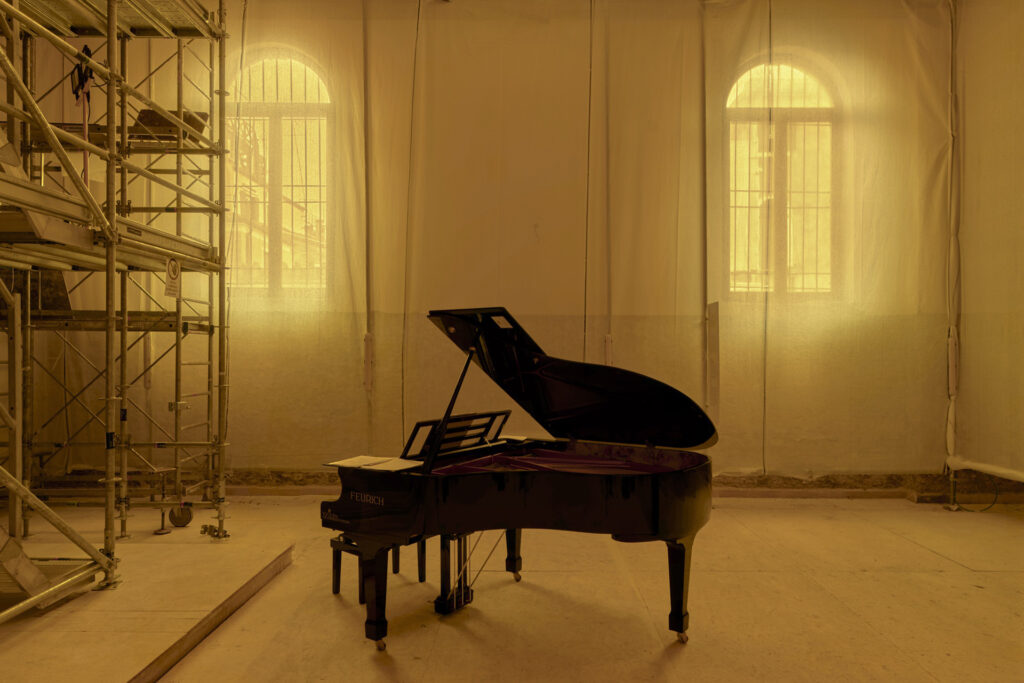
In a beautifully restored, deconsecrated church, the Holy See invites you into a living, breathing workshop. “Opera Aperta” isn’t just something to look at – it’s something to be part of. From artisans to students to curious visitors, everyone’s welcome to participate in this experiment in open, sustainable architecture. Inspired by Pope Francis’ Laudato si’, it’s a gentle, hands-on reminder that building the future should be a communal act.
3. Nordic Pavilion — “Industry Muscle: Five Scores for Architecture”
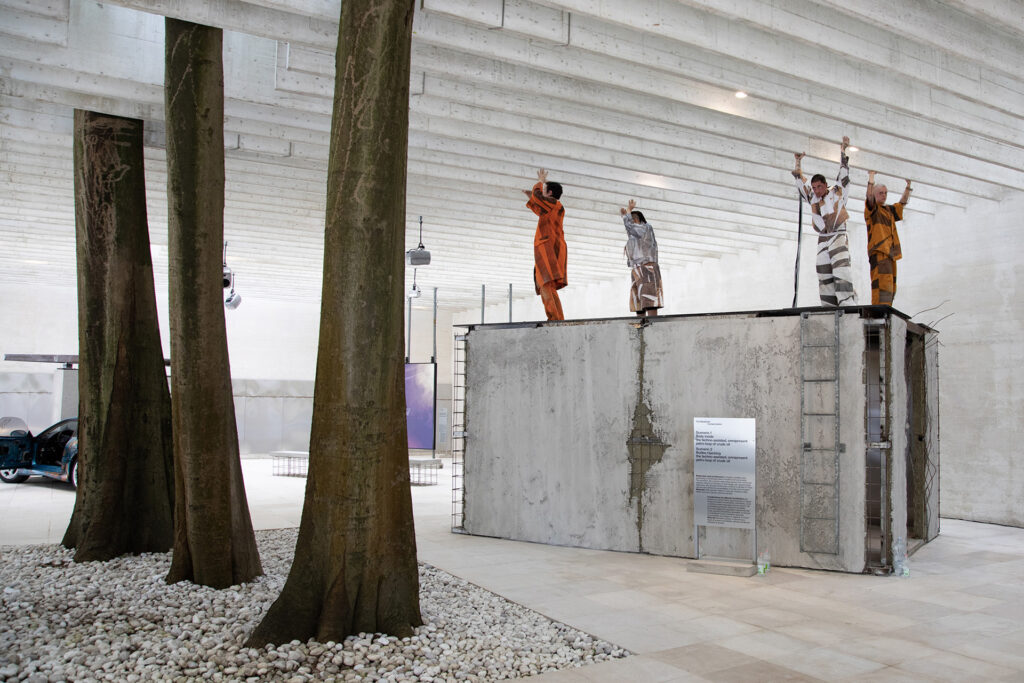
Set in the iconic Sverre Fehn pavilion (a modernist gem, if you haven’t seen it), the Nordic countries go bold. This exhibit blends choreography with architectural critique, unpacking the environmental damage of fossil-fueled infrastructure. It’s experimental, performative, and inclusive – giving space to trans and non-normative perspectives while questioning the status quo. Think of it as architecture with attitude – and a beat.
4. German Pavilion — “STRESSTEST”
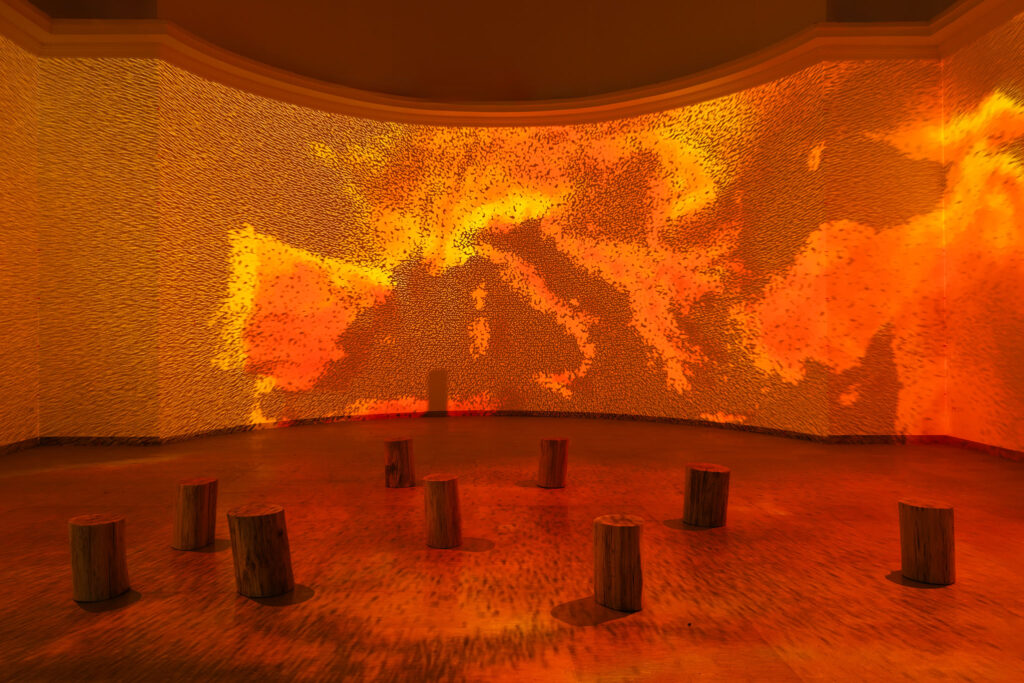
Germany’s “STRESSTEST” doesn’t sugarcoat things. It puts the climate crisis front and center, inviting visitors to physically feel what stress (and its opposite) looks like in the built environment. One room might rattle your nerves, while another offers a breath of calm. It’s a visceral experience that poses an important question: what does it mean to build for resilience? And how do we prepare for a future already shaped by extreme conditions?
5. Denmark Pavilion — “Build of Site”
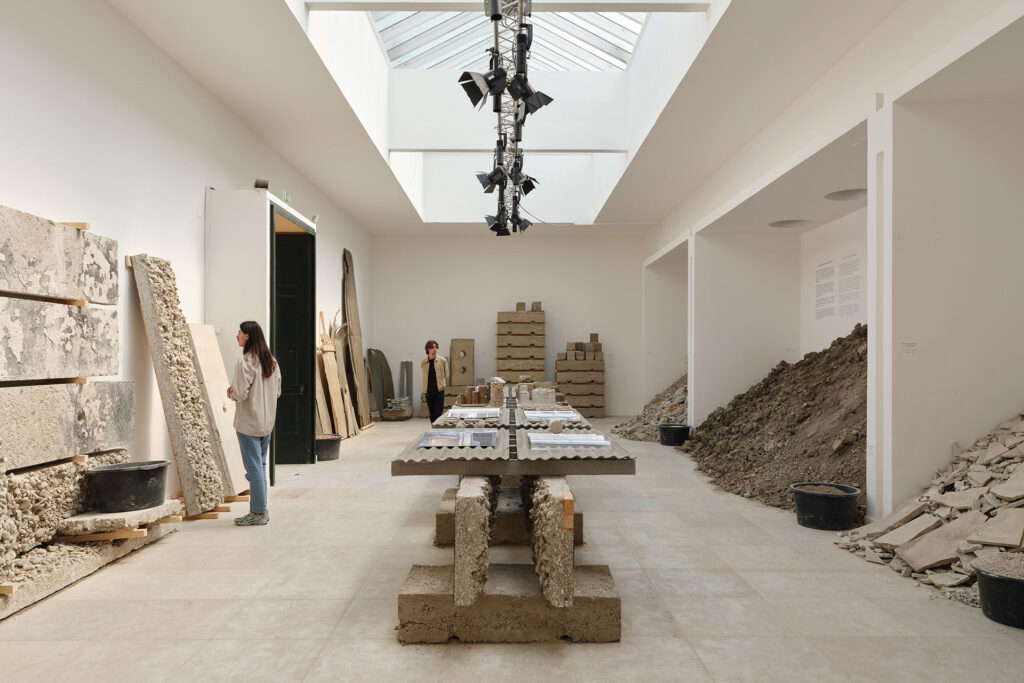
Imagine a construction site frozen in time — not abandoned, but paused. That’s the scene at the Danish Pavilion, where every material used was sourced from the pavilion itself. It’s an incredibly clever take on circular design and adaptive reuse. “Build of Site” doesn’t just talk about sustainability — it shows it, down to the last bolt. It’s proof that architecture can be resourceful, beautiful, and radically low-impact, all at once.
Of course this handful of pavilions does not cover the scope of this event. The Venice architecture biennale is something that spans the entire city with many events and individual exhibitions to visit. Here are some additional highlights from me exploring the biennale:





